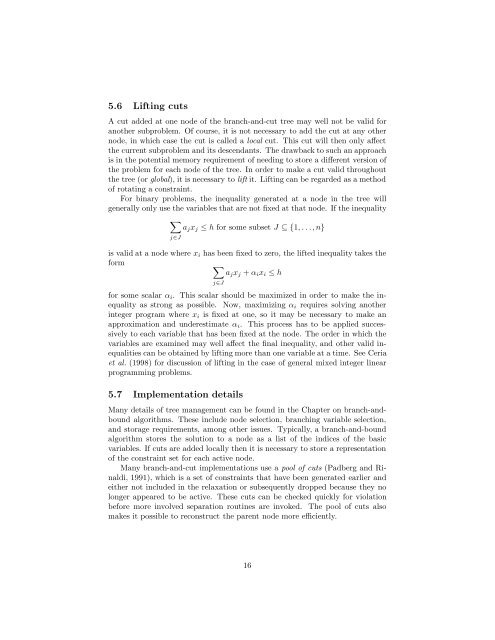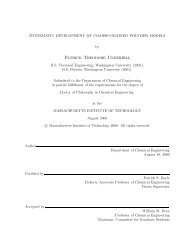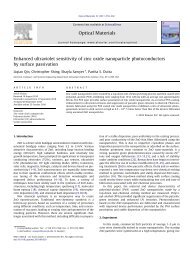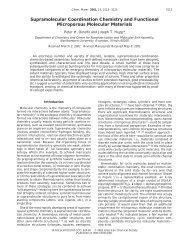Branch-and-Cut Algorithms for Combinatorial Optimization ...
Branch-and-Cut Algorithms for Combinatorial Optimization ...
Branch-and-Cut Algorithms for Combinatorial Optimization ...
You also want an ePaper? Increase the reach of your titles
YUMPU automatically turns print PDFs into web optimized ePapers that Google loves.
5.6 Lifting cuts<br />
A cut added at one node of the branch-<strong>and</strong>-cut tree may well not be valid <strong>for</strong><br />
another subproblem. Of course, it is not necessary to add the cut at any other<br />
node, in which case the cut is called a local cut. This cut will then only affect<br />
the current subproblem <strong>and</strong> its descendants. The drawback to such an approach<br />
is in the potential memory requirement of needing to store a different version of<br />
the problem <strong>for</strong> each node of the tree. In order to make a cut valid throughout<br />
thetree(orglobal), it is necessary to lift it. Lifting can be regarded as a method<br />
of rotating a constraint.<br />
For binary problems, the inequality generated at a node in the tree will<br />
generally only use the variables that are not fixed at that node. If the inequality<br />
<br />
ajxj ≤ h <strong>for</strong> some subset J ⊆{1,...,n}<br />
j∈J<br />
is valid at a node where xi has been fixed to zero, the lifted inequality takes the<br />
<strong>for</strong>m <br />
ajxj + αixi ≤ h<br />
j∈J<br />
<strong>for</strong> some scalar αi. This scalar should be maximized in order to make the inequality<br />
as strong as possible. Now, maximizing αi requires solving another<br />
integer program where xi is fixed at one, so it may be necessary to make an<br />
approximation <strong>and</strong> underestimate αi. This process has to be applied successively<br />
to each variable that has been fixed at the node. The order in which the<br />
variables are examined may well affect the final inequality, <strong>and</strong> other valid inequalities<br />
can be obtained by lifting more than one variable at a time. See Ceria<br />
et al. (1998) <strong>for</strong> discussion of lifting in the case of general mixed integer linear<br />
programming problems.<br />
5.7 Implementation details<br />
Many details of tree management can be found in the Chapter on branch-<strong>and</strong>bound<br />
algorithms. These include node selection, branching variable selection,<br />
<strong>and</strong> storage requirements, among other issues. Typically, a branch-<strong>and</strong>-bound<br />
algorithm stores the solution to a node as a list of the indices of the basic<br />
variables. If cuts are added locally then it is necessary to store a representation<br />
of the constraint set <strong>for</strong> each active node.<br />
Many branch-<strong>and</strong>-cut implementations use a pool of cuts (Padberg <strong>and</strong> Rinaldi,<br />
1991), which is a set of constraints that have been generated earlier <strong>and</strong><br />
either not included in the relaxation or subsequently dropped because they no<br />
longer appeared to be active. These cuts can be checked quickly <strong>for</strong> violation<br />
be<strong>for</strong>e more involved separation routines are invoked. The pool of cuts also<br />
makes it possible to reconstruct the parent node more efficiently.<br />
16







